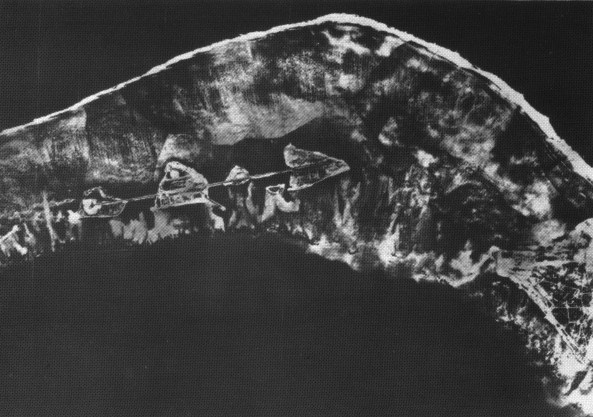

The Sun, with an effective temperature of approximately 5800 K, is an approximate black body with an emission spectrum peaked in the central, yellow-green part of the visible spectrum, but with significant power in the ultraviolet as well.īlack-body radiation provides insight into the thermodynamic equilibrium state of cavity radiation.Ĭolor of a black body from 800 K to 12200 K.

When the body appears white, it is emitting a substantial fraction of its energy as ultraviolet radiation. With rising temperature, the glow becomes visible even when there is some background surrounding light: first as a dull red, then yellow, and eventually a "dazzling bluish-white" as the temperature rises. Viewed in the dark by the human eye, the first faint glow appears as a "ghostly" grey (the visible light is actually red, but low intensity light activates only the eye's grey-level sensors). As the temperature increases past about 500 degrees Celsius, black bodies start to emit significant amounts of visible light. The spectrum is peaked at a characteristic frequency that shifts to higher frequencies with increasing temperature, and at room temperature most of the emission is in the infrared region of the electromagnetic spectrum. This blacksmith's colourchart stops at the melting temperature of steel.īlack-body radiation has a characteristic, continuous frequency spectrum that depends only on the body's temperature, called the Planck spectrum or Planck's law. Modern-day fluorescent and LED lights, which are more efficient, do not have a continuous black body emission spectrum, rather emitting directly, or using combinations of phosphors that emit multiple narrow spectrums. Tungsten filament lights have a continuous black body spectrum with a cooler colour temperature, around 2,700 K (2,430 ☌ 4,400 ☏), which also emits considerable energy in the infrared range. As its temperature increases further, it emits more and more orange, yellow, green, and blue light (and ultimately beyond violet, ultraviolet). As the object increases in temperature to about 500 ☌ (773 K 932 ☏), the emission spectrum gets stronger and extends into the human visual range, and the object appears dull red.

Ī black body at room temperature (23 ☌ (296 K 73 ☏)) radiates mostly in the infrared spectrum, which cannot be perceived by the human eye, but can be sensed by some reptiles. The sun's radiation, after being filtered by the earth's atmosphere, thus characterises "daylight", which humans (also most other animals) have evolved to use for vision. Of particular importance, although planets and stars (including the Earth and Sun) are neither in thermal equilibrium with their surroundings nor perfect black bodies, black-body radiation is still a good first approximation for the energy they emit. The thermal radiation spontaneously emitted by many ordinary objects can be approximated as black-body radiation. Shown for comparison is the classical Rayleigh–Jeans law and its ultraviolet catastrophe.Ī perfectly insulated enclosure which is in thermal equilibrium internally contains black-body radiation, and will emit it through a hole made in its wall, provided the hole is small enough to have a negligible effect upon the equilibrium. As the temperature of a black body decreases, its intensity also decreases and its peak moves to longer wavelengths.


 0 kommentar(er)
0 kommentar(er)
